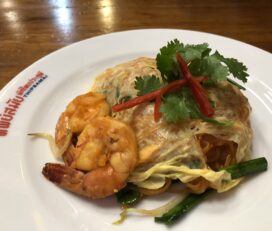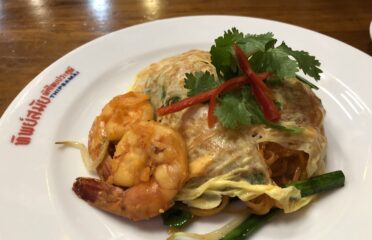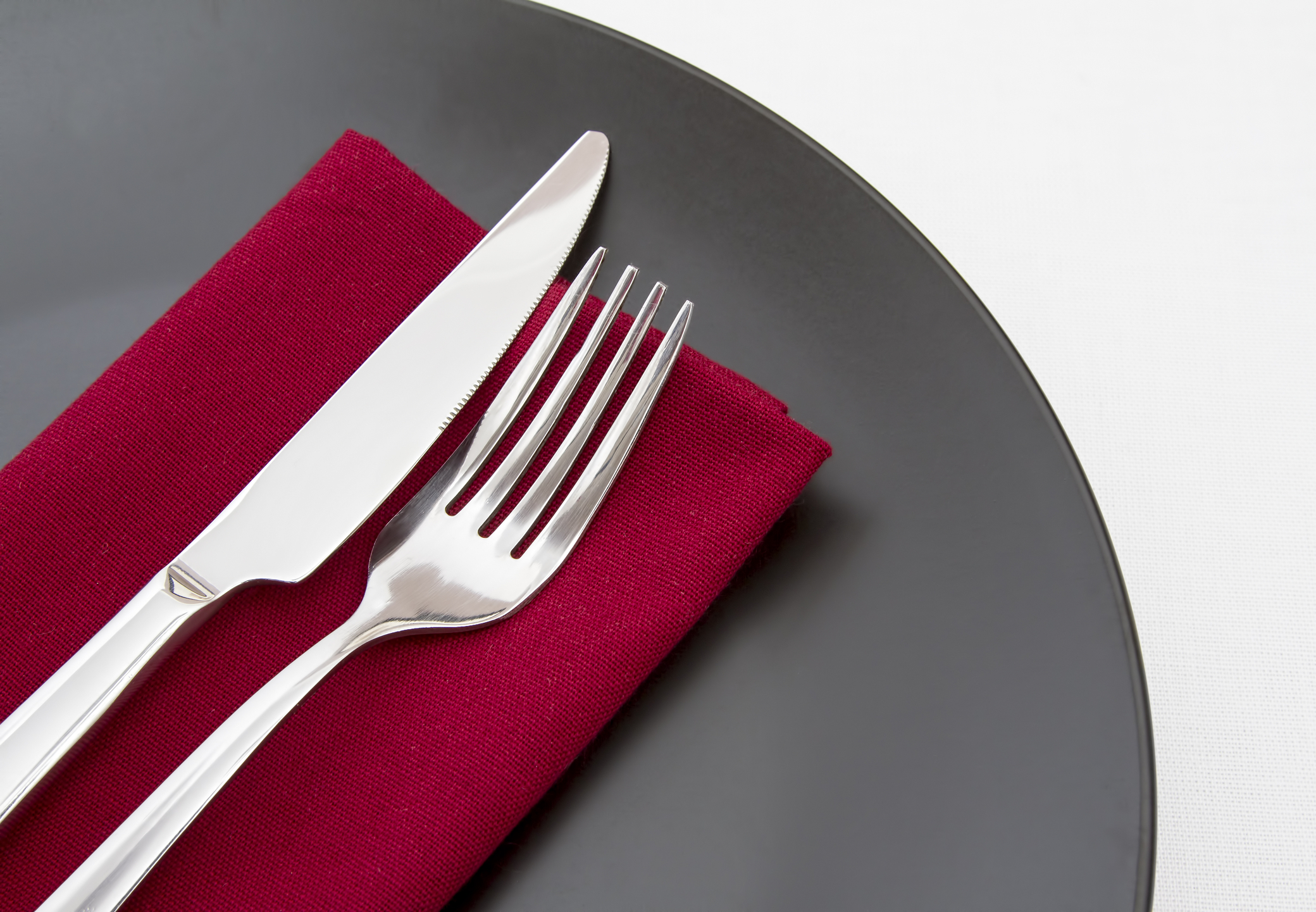“`html
Chinatown – Buenos Aires: A Travel Guide
Introduction
Barrio Chino, or Chinatown in Buenos Aires, is a lively neighborhood that showcases a rich cultural tapestry, providing visitors with a distinctive experience. Although it is smaller than many other Chinatowns globally, its influence on the city’s culinary and cultural scene is substantial.
History
The development of Barrio Chino began in the 1980s with the influx of Taiwanese immigrants, followed by a wave of Mainland Chinese immigrants in the 1990s. This area has evolved into a melting pot of various Asian cultures, with existing communities of Korean, Japanese, and Laotian immigrants also enriching the neighborhood. Today, it boasts over 100 Asian-owned establishments, including supermarkets, restaurants, Buddhist temples, and beauty salons.
How to Get There
To visit Barrio Chino, public transportation is a convenient option. The closest subway station is Juramento Station on Line D. From there, it’s just a short walk to the intersection of Juramento and Arribeños, where an ornate stone archway marks the entrance to the neighborhood. Additionally, several bus lines, including 15, 29, 42, 44, 60, 63, 64, 65, 80, 107, 113, 114, 118, and 130, service the area. You can also take the train from Belgrano C Station on the Bartolome Mitre line.
Things to See
- Ornate Stone Archway: The entrance to Barrio Chino is highlighted by a beautifully crafted stone archway, representing the cultural importance of the area.
- Asian Restaurants: The neighborhood is famous for its diverse array of Asian dining options, featuring traditional Chinese and Taiwanese fare as well as Japanese and Thai cuisine.
- Buddhist Temples: Notable temples such as Templo Tzong Kuan and the Chinese-Argentine Cultural Association are essential stops for their cultural and historical relevance.
- Street Food: Sample a variety of street food delights, including shui jian bao (dumplings), Run Bing (Taiwanese burrito), Ba Wan (meatballs), and Zongzi (rice dumplings).
- Markets: Wander through various markets that offer everything from affordable oriental goods to premium items like J-Pop and anime merchandise.
Ticket Information
No specific tickets are needed to explore Barrio Chino. However, some temples and cultural centers may impose a small entrance fee, so it’s wise to check in advance for any specific requirements.
Tips for Visiting
- Language: While many locals communicate in Spanish, some may also speak Chinese or other Asian languages. Be prepared to use gestures if you don’t know the local dialect.
- Food: Embrace the opportunity to try local dishes, but be aware that some restaurants may only have menus in Chinese.
- Cultural Sensitivity: Show respect for the cultural practices and traditions of the neighborhood.
- Navigation: Although the area is compact, it can be densely packed, so having a map or GPS can be helpful.
- Weekend Visits: With around 15,000 visitors flocking to Barrio Chino each weekend, plan your visit accordingly to avoid large crowds.
By adhering to these tips and exploring the various attractions, visitors can fully appreciate the unique blend of cultures and cuisines that make Barrio Chino a captivating destination.
“`











